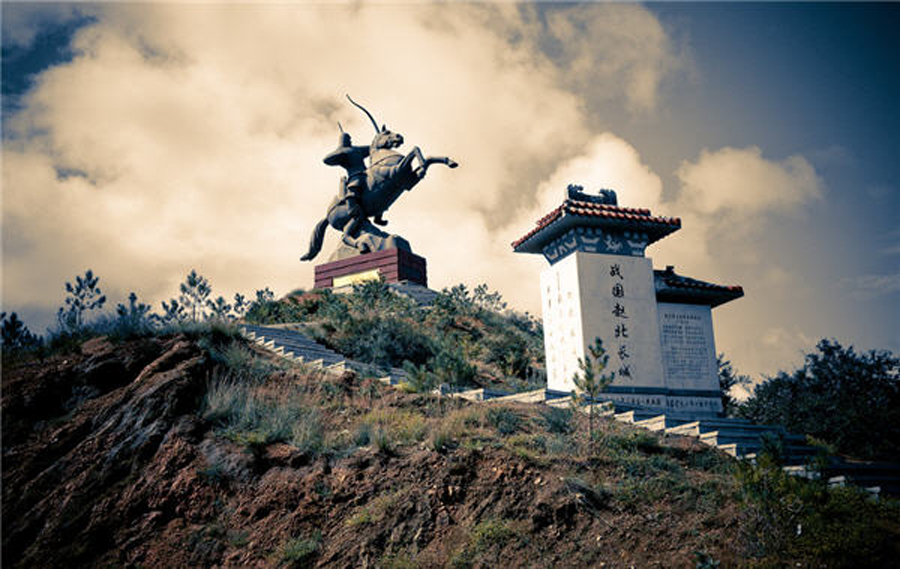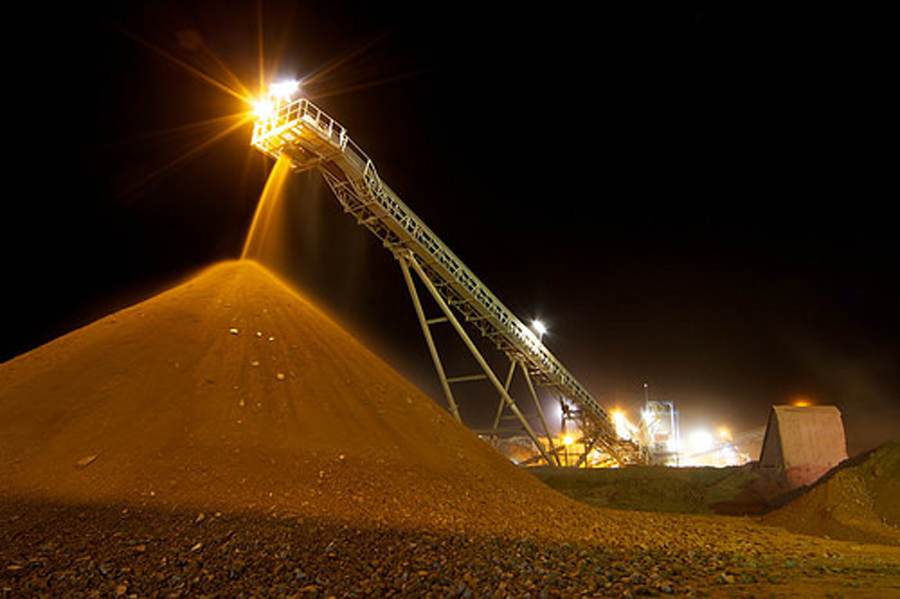China becomes world’s biggest importer of rare earths – analysts

China, the world’s top producer of rare earth elements, last year also emerged as the biggest importer of the group of minerals used in everything from ceramics to consumer electronics, analysts said on Wednesday.
China has for years been the world’s biggest rare earths exporter, raising shipments overseas by 4 percent year-on-year to more than 53,000 tonnes in 2018, and its emergence as the top importer as well is a sudden and surprising development.
Any company that’s reached production in recent years has done so by selling rare earth concentrate to China
The country imported 41,400 tonnes of rare earth oxides and oxide equivalents in 2018, up 167 percent year-on-year, as a crackdown on illegal production reduced domestic output, according to a report by consultancy Adamas Intelligence.
Shipments were primarily in the form of mineral and chemical concentrates from Myanmar and the United States, Adamas managing director Ryan Castilloux said.
In the case of at least seven key rare earths — including praseodymium, used in magnets, and yttrium, used in ceramics — China was a net importer in 2018 for the first time in more than 30 years, Castilloux told Reuters.
“It is definitely the first time since at least 1985 when China emerged as a major producer of rare earths,” he said.
Import volumes last year were about 10 times higher than before 2015, China Merchants Securities analyst Liu Wenping said in a note on Wednesday, also pointing out that China had become the top rare earths importer.
The United States, a major market for Chinese rare earths, ships ores rich in lanthanum, used in oil refining, to China and then buys back the oxides and chemicals, Castilloux said.
Washington had last year proposed slapping tariffs on rare earth imports from China in a trade spat between the two countries, before reversing its decision.
Myanmar, meanwhile, last year became a vital source of dysprosium, terbium and gadolinium for China’s magnet and alloy manufacturers, according to Castilloux, whose numbers are based on customs data and Adamas’ own research.
If Beijing ends up banning rare earth imports from Myanmar this year — due to fears the Southeast Asian country is being used to “launder” illegally mined Chinese material — China could temporarily revert to being a net exporter of the seven key rare earths in 2019, Castilloux said.
But rising Chinese imports look set to be a long-term trend, he added. Other than Lynas Corp, a rare earth producer that operates in Malaysia and Australia, “any company that’s reached production in recent years has done so by selling rare earth concentrate to China”, Castilloux said.
(By Tom Daly; Editing by Emelia Sithole-Matarise)
More News
{{ commodity.name }}
{{ post.title }}
{{ post.date }}



Comments